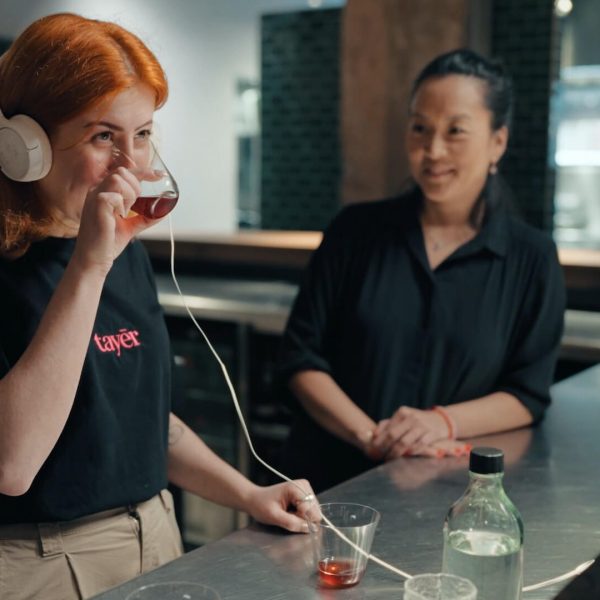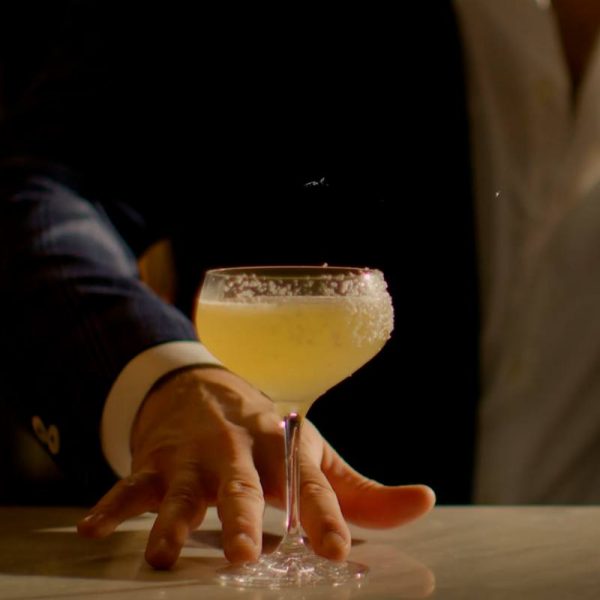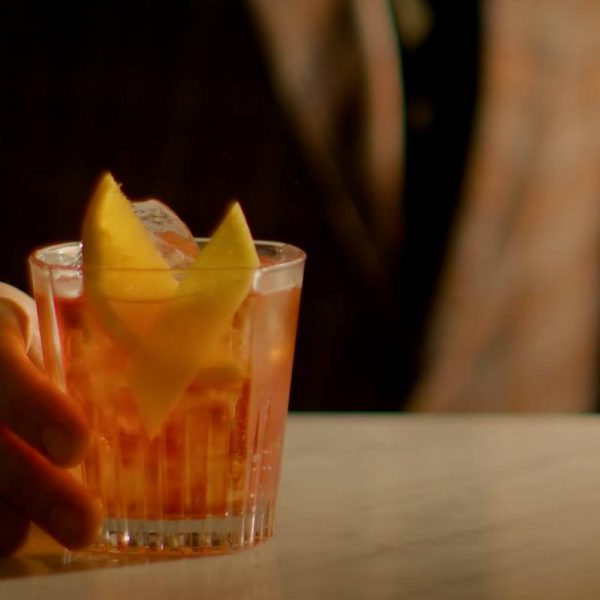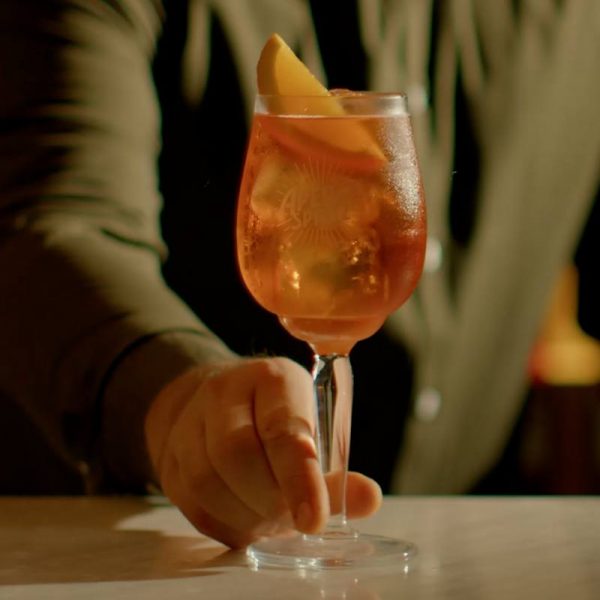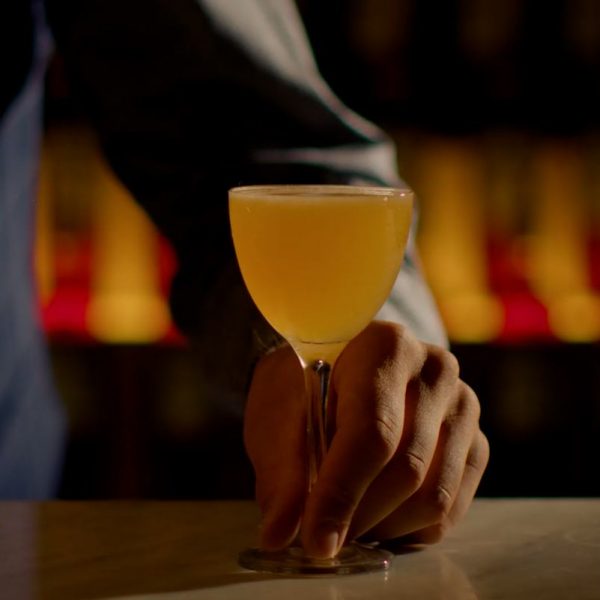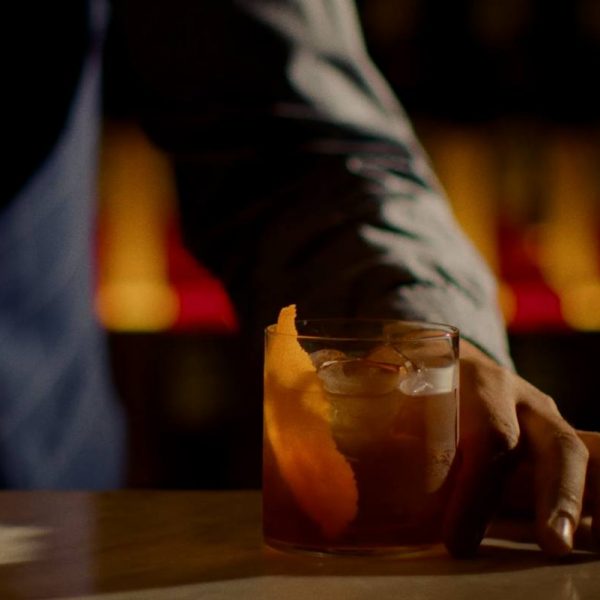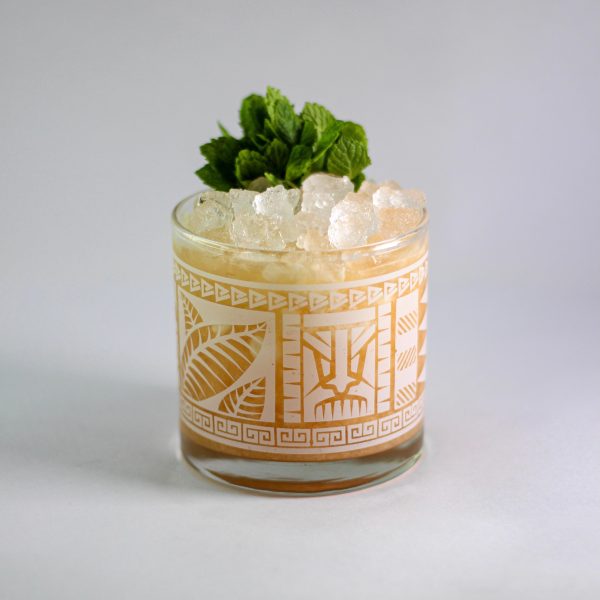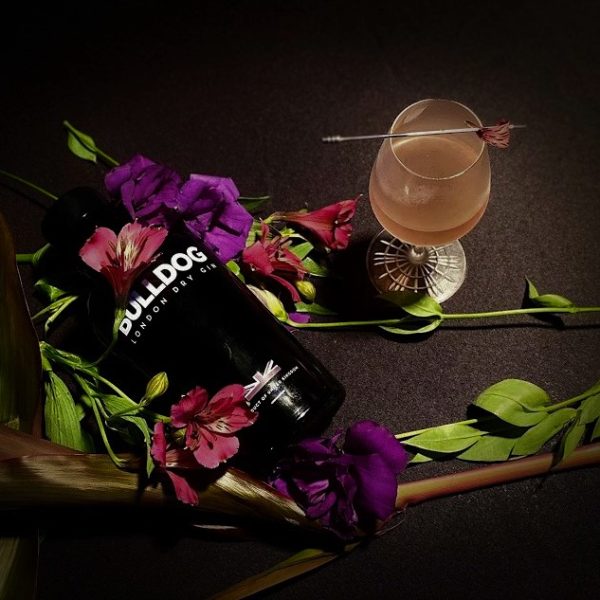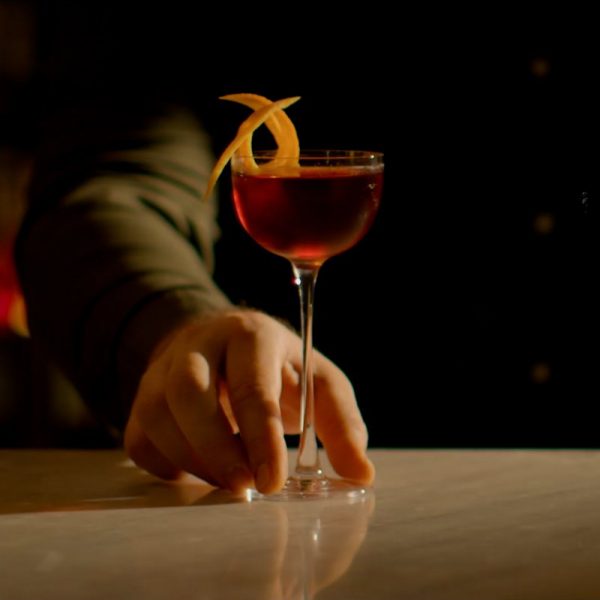Extracting flavour series: Monica Berg on the fundamentals of fat washing
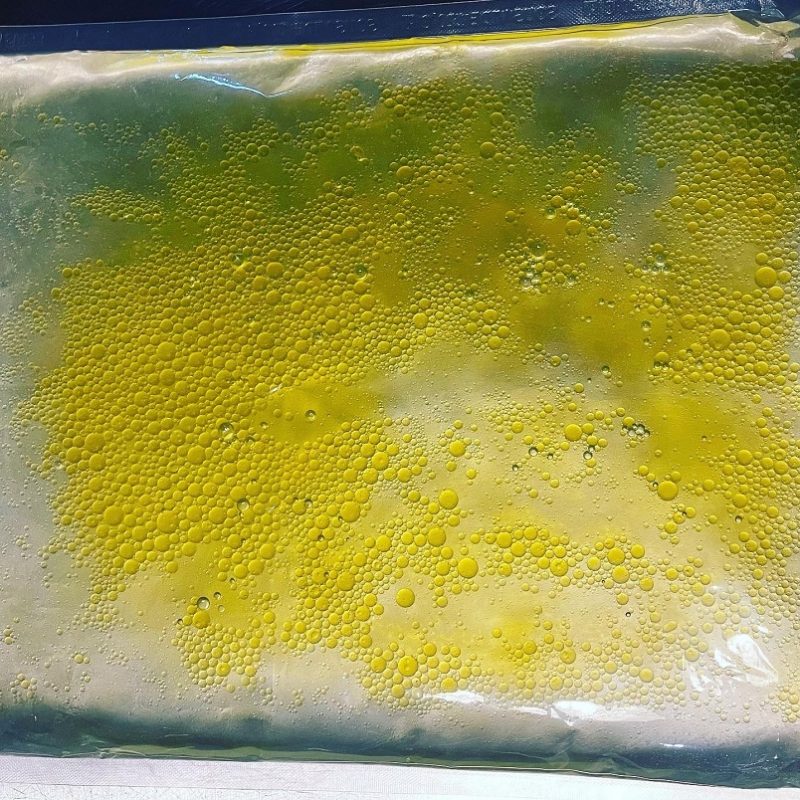
In the fifth instalment of our extracting flavour series, Campari Academy Creative Director Monica Berg explains why fat-washing is her favourite technique and the four ways in which she uses it in drinks
Of all the techniques I love, one of the closest to my heart is what you would call ‘fat washing’, which essentially is utilising fat’s excellent ability to carry flavour. Much like alcohol, it has the power to lock in flavour and transport it; but unlike alcohol at times, it preserves the more volatile and delicate nuances that I’m often trying to express in my drinks.
Historically, fat has always been recognised for its ability to ‘absorb’ flavour or fragrant compounds. From being infused with things like chilli and herbs to make flavoured oils for the kitchen, to ‘enfleurage’, a process invented in the South of France and traditionally used by the perfume industry to extract fragrant compounds from delicate flowers such as jasmine and tuberose.
There are many reasons why we choose to use fat washing as a technique, some more obvious than others, so let me get right into it.
Adding flavour
This might sound boringly obvious, but I’ve always been fascinated with oils (olive oil and various kinds of nut oils such as hazelnut, walnut or coconut) because they all add their own distinctive flavour to the spirits you infuse them with. I’m sure I’m not the only bartender who, when tasting a really high-quality virgin olive oil, has thought, “Wow, that’s amazing – how can I make that into a drink?”. Of course, the answer is you can. It just requires a bit of work, because you only really want the flavour of the oil, not necessarily the oil itself, which means you need to add a few more steps to your prep.
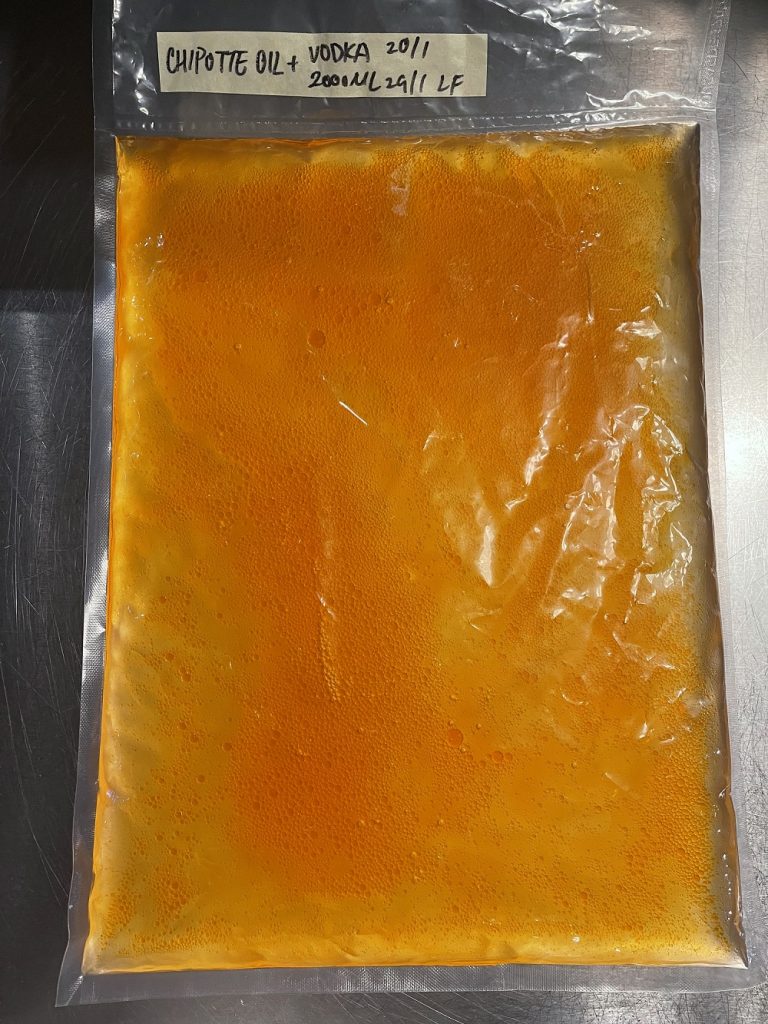
In short, it goes like this: Mix chosen oil and spirit, let infuse for desired time, place in freezer overnight, strain through paper (coffee) filter until spirit is (again) clear. It will now more or less look the same, but once you taste it, it will be completely transformed. If you started with olive oil and gin, you would now have a gin that also tastes of the oil it was infused with – but with none of the fat and heaviness.
There are of course more ways of adding flavour using oils, the most common perhaps being to use the oil itself to carry the desired flavour, be it herbs, spices, chilli, or other aromatic ingredients. It adds yet another step to your prep – infusing the oil first – but the rest goes pretty much the same as above. Any time you work with fragile ingredients, such as flowers or herbs, I find it super effective.
Adding texture
This is perhaps one of my most favourite ‘manipulations’. Personally, I’ve only ever managed to do this with fats that are solid at room temperature – butter, duck fat, beef dripping, etc. Yes, they add flavour, but the main reason why I love this is that they also seem to magically wrap the spirit in a veil of indulgence, richness and softness.
It’s almost like they neutralise the sharp edges, and what is left is this rounded, mellow and moreish version of the spirit you started with. My personal favourite is butter because, let’s be honest, the only thing better than butter is more butter. And for me, cultured butter is the butter of choice. It also conveniently leads me to my last point…
Adding acidity
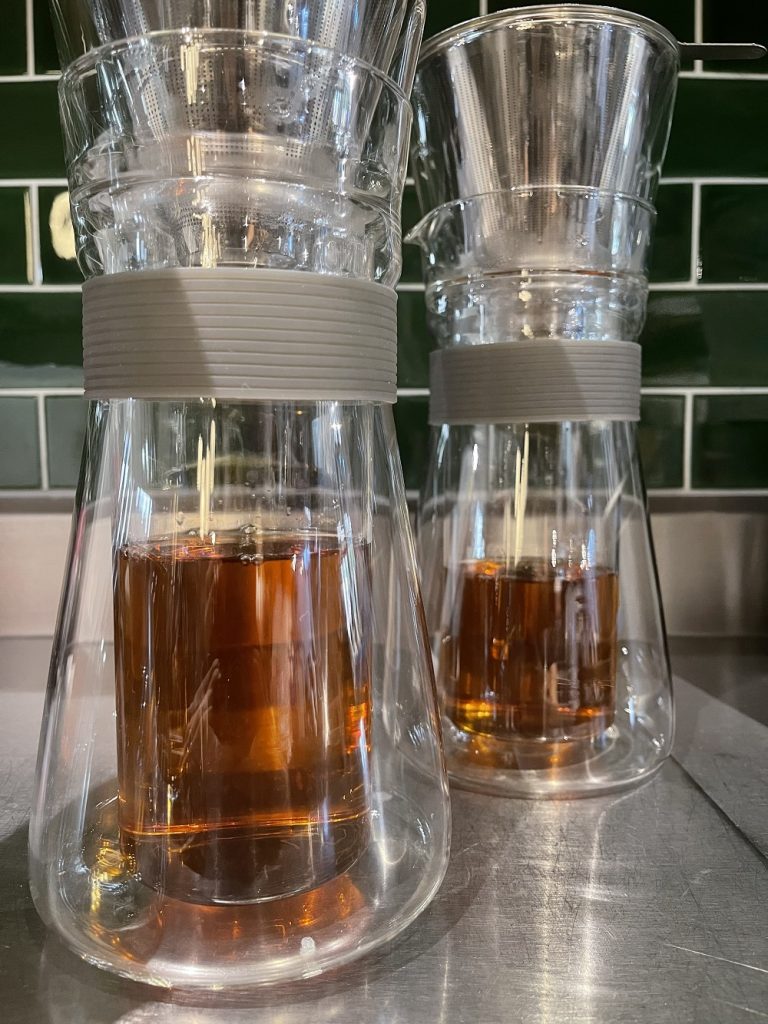
When using cultured butter, it’s almost like the perfect hat trick: you get the rich creamy flavours, the decadent and soft texture and, last but not least, the tangy finish from the lactic acid. For a martini for example, in my opinion, it is the perfect evolution – and not far away from the perfect drink!
Actually, it wasn’t my last point. Because there is one more way we use it quite often – to tame heat, aka, when you want to showcase the flavour profile of a hot chilli like aji amarillo or habanero, but without all the heat. Aji Amarillo, for example, is a wonderful Peruvian chilli which is super fruity with mango and passionfruit notes, but it’s also quite pungent with a registered 30,000 to 50,000 on the Scoville scale. By first infusing it in the oil, and then fat washing the spirit, you keep all the fruity notes, whilst controlling the heat – and it allows you to showcase the different sides to the fruit but not burn your palate. And trust me, it does burn.
I’m sure there are endless more ways to use fat in drinks, and I’m having a lot of fun playing around with this technique, so to finish off, I’ll share one last personal preference that took a while to figure out: I never use heat when working with fats. I find beauty in the subtle nuances, and it’s my opinion that heat often kills this.





